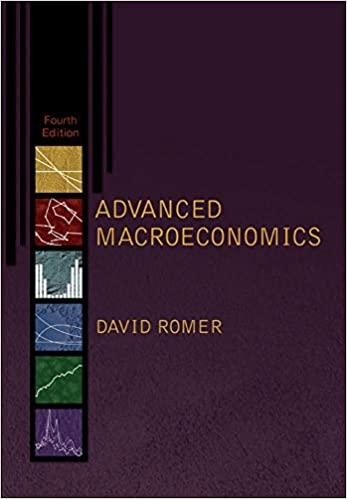6.2. The Baumol-Tobin model. (Baumol, 1952; Tobin, 1956.) Consider a consumer with a steady flow of real
Question:
6.2. The Baumol-Tobin model. (Baumol, 1952; Tobin, 1956.) Consider a consumer with a steady flow of real purchases of amount αY, 0 < α ≤ 1, that are made with money. The consumer chooses how often to convert bonds, which pay a constant interest rate of i, into money, which pays no interest. If the consumer chooses an interval of τ, his or her money holdings decline linearly from αYPτ
after each conversion to zero at the moment of the next conversion (here P is the price level, which is assumed constant). Each conversion has a fixed real cost of C. The consumer’s problem is to choose τ to minimize the average cost per unit time of conversions and foregone interest.
(a) Find the optimal value of τ.
(b) What are the consumer’s average real money holdings? Are they decreasing in i and increasing in Y? What is the elasticity of average money holdings with respect to i ? With respect to Y?
Step by Step Answer:







